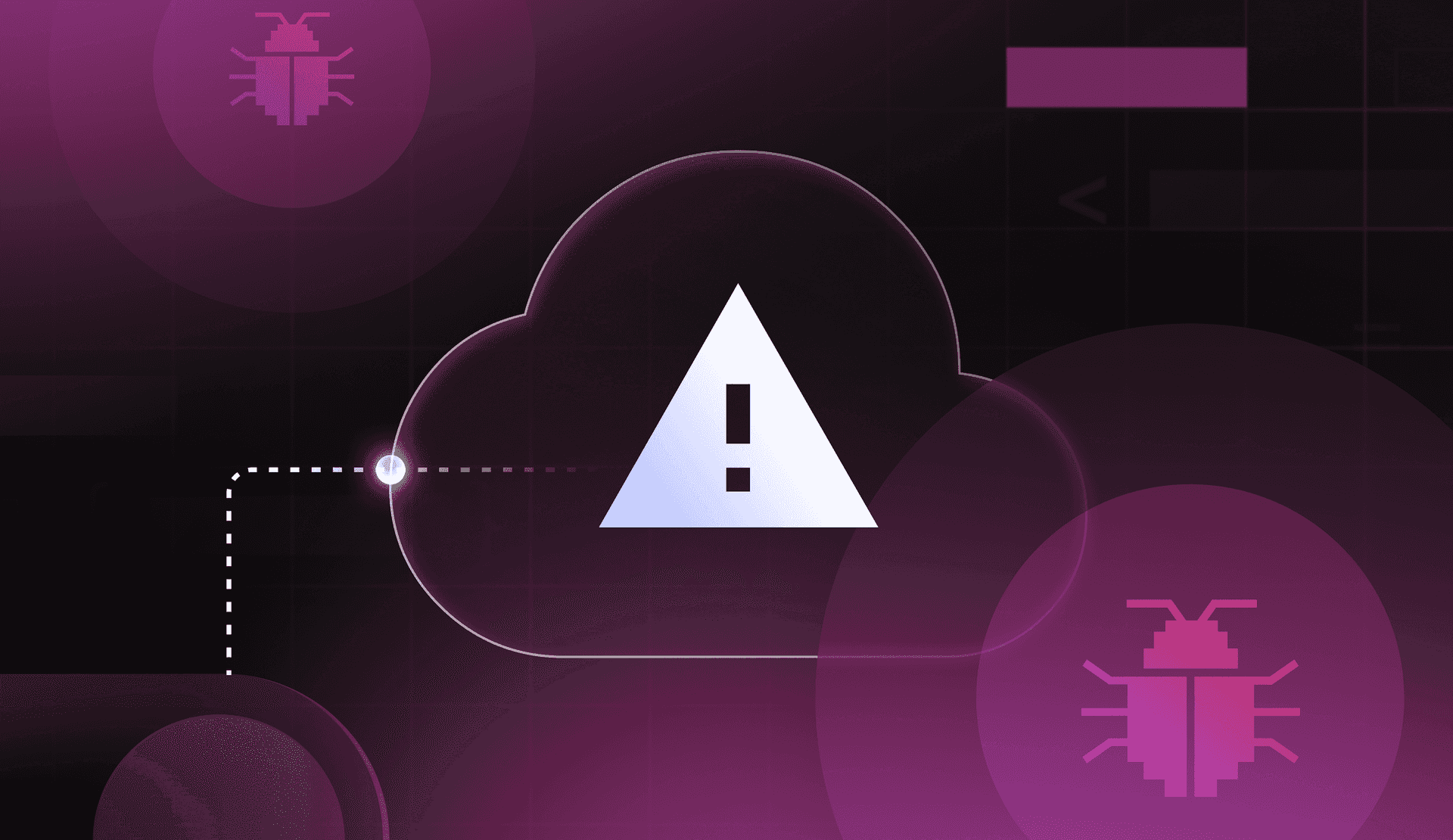When Google Cloud Platform experienced a widespread outage on June 12 of this year, thousands of teams felt the ripple effects. According to GCP’s status report, the issue stemmed from a bug in a new release that affected global load balancers—one of the most critical systems in the Google Cloud infrastructure.
Even for one of the most sophisticated engineering organizations in the world, like GCP, deployment ≠ safety. That’s the reality every software team, big or small, lives in now: CI/CD gets code to prod faster than ever, but when the code goes live, control often disappears.
This is why feature flags matter; not as an ops tool, but as the missing control plane for modern delivery.
GCP acknowledged that the release was not protected by a feature flag. If this change had been wrapped in a feature flag:
- It could have been rolled out to 1% of traffic first, or the most fault-tolerant users
- It could have been killed instantly when issues were detected
- It could have been rolled back without pushing new code
Even at the infrastructure level, a flag could have made the difference. In this case, it could have gated the routing logic behind the new configuration, allowing teams to progressively shift traffic or fall back to a known, stable path without redeployment.
Feature flags aren’t just for front-end teams or A/B testing. Platform and SRE teams use them to control config changes, infrastructure updates, and high-risk releases in production, especially when uptime is critical.
No amount of testing can eliminate all risk. But control in production gives teams the ability to ship with confidence because they can observe, react, and roll back without fear.
That’s what feature flags offer: not just safer deploys, but the ability to recover fast when something goes wrong.
What changes with runtime control
Time | Without feature flags | With feature flags |
|---|---|---|
12:01 | Change deployed globally | Flag rolled out to 1% of traffic |
12:02 | Latency spikes, alerts fire | Metrics monitored, alert triggered |
12:03 | Manual rollback initiated | Flag turned off — issue contained |
12:10 | Teams coordinate hotfix | Traffic stable with fallback path |
Outcome | 😫 Dev teams are in a war room and have to retest and redeploy under pressure. PR teams have to do damage control. | 🙂 Customers never see an outage. Dev teams fix the issue and move on. |
Same deploy, different outcome. Flags give you control after deploy, when it matters most.
Want to see how this works in practice?
Check out some real stories from customers using LaunchDarkly to solve issues just like this. Developers at these organizations are now sleeping soundly.
Or get started for free and implement your first feature flag today.





